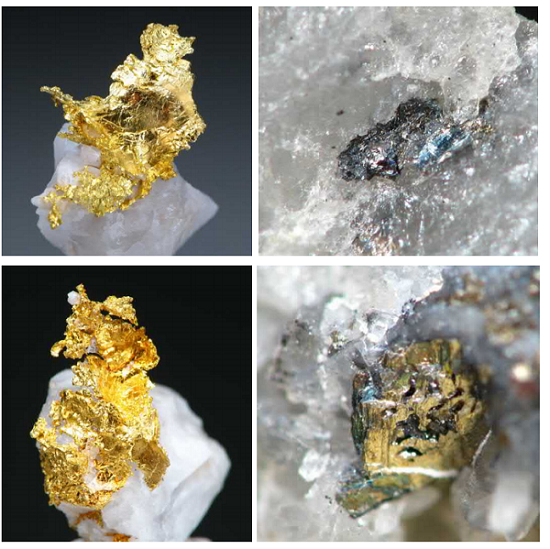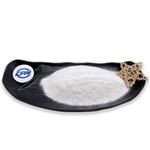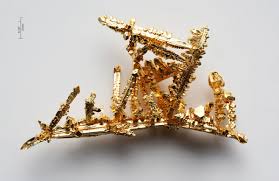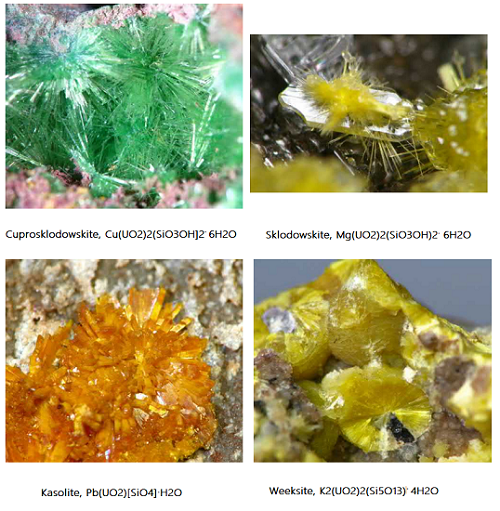The Refining methods of gold
Introduction
On Earth, gold is found in ores and rock formed from the Precambrian period onward. It most often occurs as a native metal, typically in a metal solid solution with silver, such as an Au-Ag alloy with usually an Ag content of 8%-10%. Electrum is alloyed Au with more than 20% Ag. Native gold occurs as very small to microscopic particles embedded in rock, often with quartz or sulfide minerals such as “Fool’s Gold,” a pyrite (FeS2) in so-called lode deposits. The metal in a native state is also found in free flakes, grains, or larger nuggets eroded from rocks and transported to alluvial deposits called placer deposits.
The oxidation state of gold in its compounds varies between +1 to +5, but Au(I) and Au(III) dominate its chemistry. Au(I), the aurous ion, is the most common oxidation state with soft ligands such as thioethers, thiolates, and tertiary phosphines. Au(I) compounds are usually linear. A good illustration is Au(CN)2-. Gold ions in solution are easily reduced and precipitated as metal by adding any other metal as the reducing agent. The added metal is oxidized and dissolves, allowing the gold to be displaced from the solution and be recovered as a solid precipitate.
In 2007, China surpassed South Africa as the largest gold producer globally, the first time since 1905 that South Africa was the largest producer. Since 2017, China has been the world’s number one gold-mining country, followed by Australia, Russia, the United States, Canada, and Peru. South Africa, which dominated world gold production for most of the 20th century, has dropped to sixth place.
Refining methods
After initial production, gold is often subsequently refined industrially by the Wohlwill process, which is based on electrolysis or by the Miller process, that is, chlorination in the melt. This electrochemical method uses a cast gold ingot, often called a Dorebar, of 95% + gold to act as an anode. Lower percentages of gold in the anode will interfere with the reaction, especially when the contaminating metal is silver or one of the platinum group metals. The cathode(s) for this reaction consist(s) of small sheets of pure (24k) gold sheeting or stainless steel. A current is applied to the system, and electricity travels through the electrolyte of chloroauric acid (HAuCl4). Gold and other metals are dissolved at the anode, and pure gold (coming through the chloroauric acid by ion transfer) is plated onto the gold cathode. When the anode is dissolved, the cathode is removed and melted or otherwise processed in the manner essential for sale or use. The resulting gold is 99.999% pure and of higher purity than gold produced by the other common refining method, the Miller process, which produces gold of 99.95% purity.
The Miller process is an industrial-scale chemical procedure used to refine gold to a high degree of purity. This chemical process involves blowing a stream of pure chlorine gas over and through a crucible filled with molten but impure gold. This process purifies the gold since almost all other elements will form chlorides before gold does, and they can then be removed as salts that are insoluble in the molten metal. When all impurities have been removed from the gold (observable by a change in flame colour), the gold is removed and processed in the manner essential for sale or use. The resulting gold is 99.95% pure.
The Wohlwill process results in higher purity but is more complex and is only applied in small-scale installations. Other methods of assaying and purifying smaller amounts of gold include parting and inquartation as well as cupellation (a refining process in metallurgy, where ores or alloyed metals are treated under very high temperatures and have controlled operations to separate noble metals, like gold and silver, from base metals like lead, copper, zinc, arsenic, antimony or bismuth, present in the ore. The process is based on the principle that precious metals do not oxidize or react chemically, unlike the base metals; so when they are heated at high temperatures, the precious metals remain apart, and the others react, forming slags or other compounds.), or refining methods based on the dissolution of gold in aqua regia (a mixture of nitric acid and hydrochloric acid, optimally in a molar ratio of 1:3).
Minerals

The number of naturally occurring minerals containing gold is 35. Of these 35, 13 are in the elements class; besides the native metal gold (Au), the others are all alloys, for example, auricupride (Cu3Au), tetraauricupride (AuCu), and yuanjiangite (AuSn). The sulfide class contains 22 different minerals, such as aurostibite (AuSb2), calaverite (AuTe2), krennerite (Au3AgTe8), nagyagite ([Pb3(Pb, Sb)3S6](Au, Te)3), petzite (Ag3AuTe2), and sylvanite ((Au, Ag)2Te4).
Gold can occasionally be found together with tellurium as the minerals calaverite (AuTe2), krennerite (Au3AgTe8), nagyagite ([Pb3(Pb, Sb)3S6](Au, Te)3), petzite (Ag3AuTe2), and sylvanite ((Au, Ag)2Te4), and as the rare bismuthide maldonite (Au2Bi) and antimonide aurostibite (AuSb2).
Gold also occurs in rare alloys with Cu, Pb, and Hg as the minerals auricupride (Cu3Au), novodneprite (AuPb3) and weishanite ((Au, Ag)3Hg2). Recent study results indicate that microbes can sometimes play a significant role in forming gold deposits, transporting and precipitating gold to form grains and nuggets that collect in alluvial deposits.
You may like
Related articles And Qustion
See also
Lastest Price from GOLD manufacturers

US $1.10/g2025-04-17
- CAS:
- 7440-57-5
- Min. Order:
- 1g
- Purity:
- 99.0% min
- Supply Ability:
- 100 tons min

US $10.00-15.00/g2023-03-11
- CAS:
- 7440-57-5
- Min. Order:
- 10g
- Purity:
- 99%
- Supply Ability:
- 2546245





